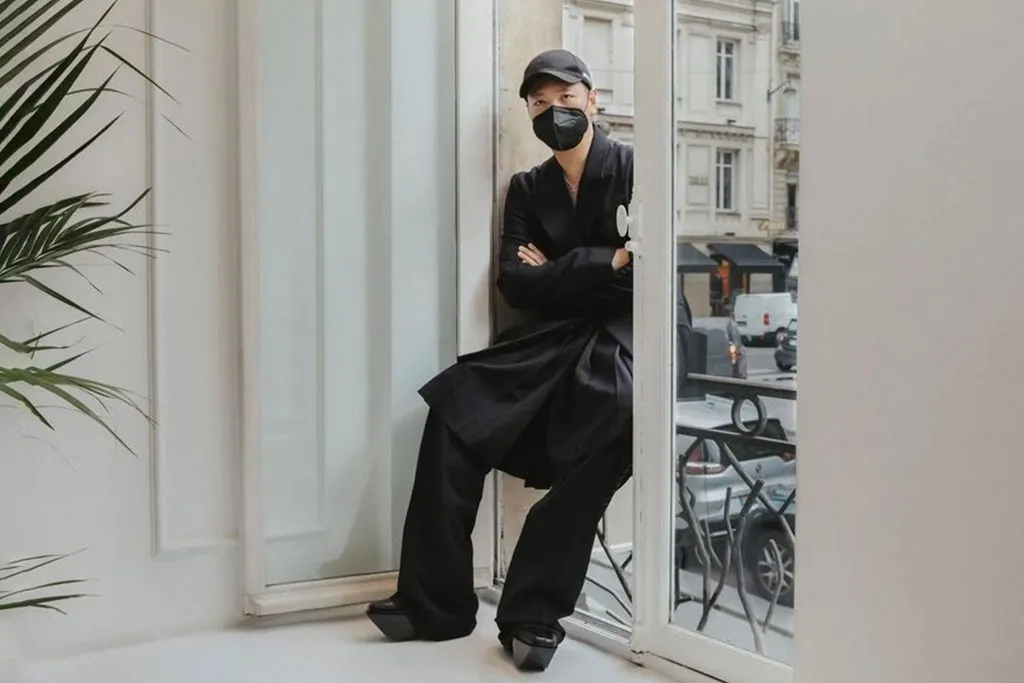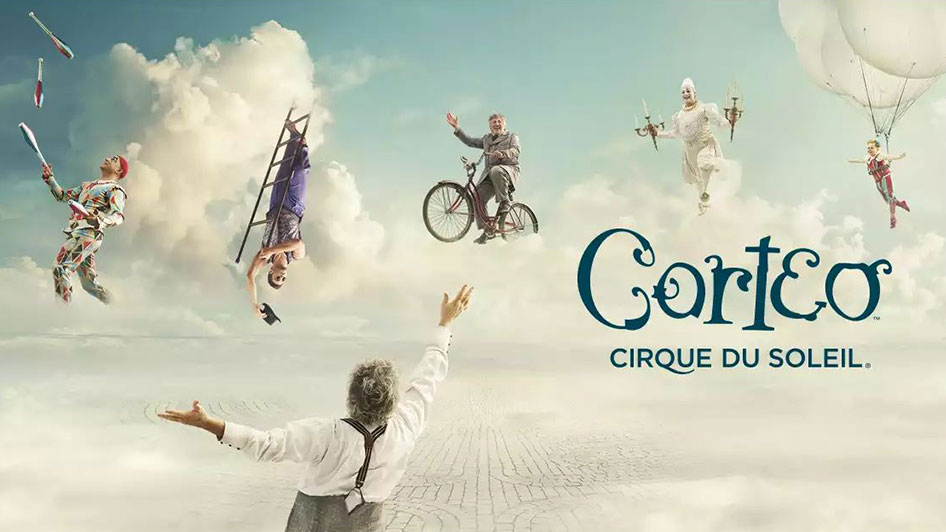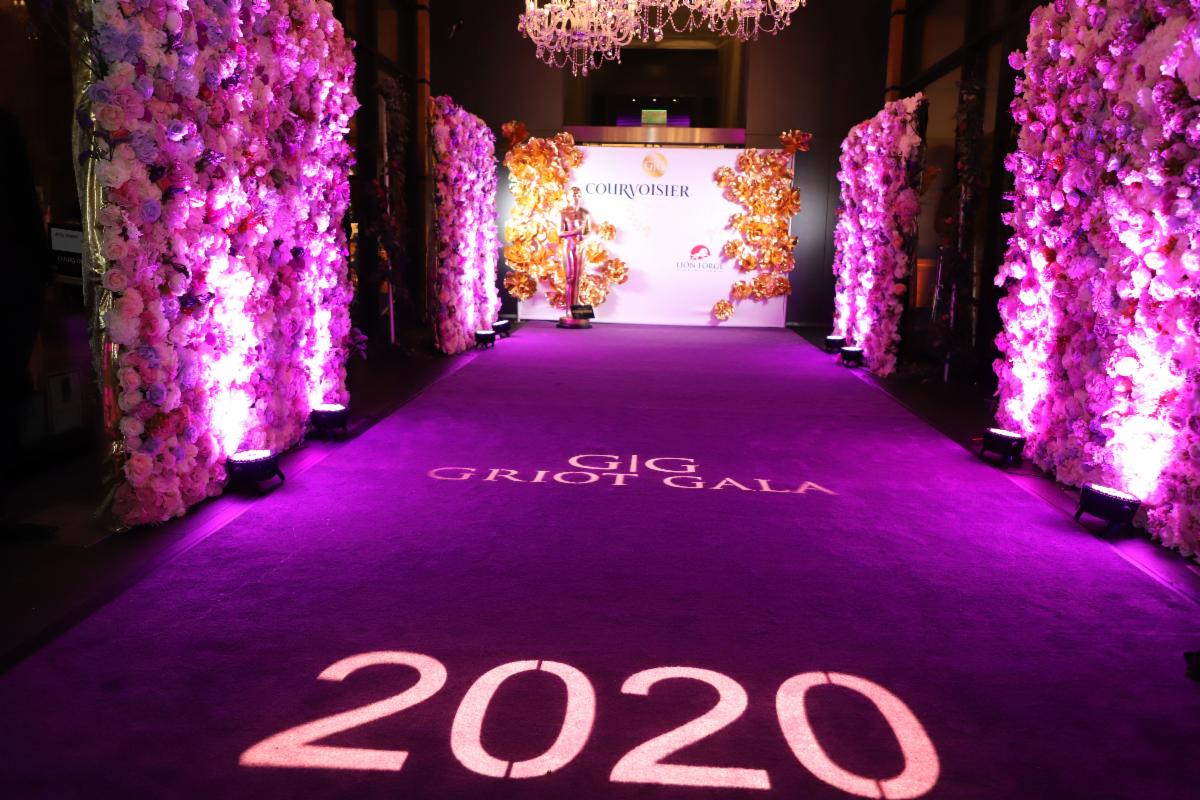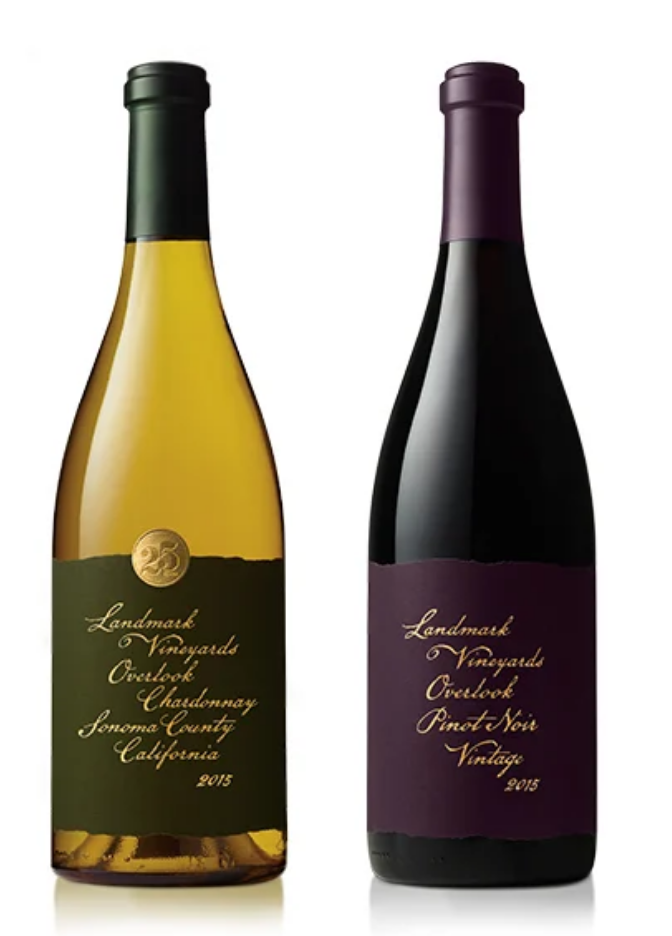Peter Do is Helmut Lang’s newest creative director in their extended list of creative directors since Lang’s departure from the fashion house in 2005, and he just showcased his debut collection. The Spring/Summer 2024 collection was recently showcased during New York Fashion Week and members of the fashion community were waiting with bated breath to see how the 32 year old Vietnamese designer could fill in the shoes of objectively one of the most important and influential menswear designers of all time.
As Peter Do unveils his vision for the iconic fashion house, he masterfully encapsulates the essence of Helmut Lang’s work, adding his own distinct flair. The collection is a celebration of boldness, a salute to Lang’s utility of bright colors in the 90’s in an era dominated by minimalism. Do pays homage to Lang’s 90’s heyday while infusing his own creative energy into every piece. We see this homage in bright colored striping resembling the seatbelts of a car, the show’s central motif, as well as other forms of striping that have been consistent throughout Helmut Lang’s career.
One striking aspect of Peter Do’s homage to Helmut Lang is his choice to collaborate with poet Ocean Vuong, mirroring the artistic partnerships of Lang’s era, particularly with Jenny Holzer. This collaboration elevates the collection, adding layers of meaning and depth that resonate with Lang’s legacy.
The show’s central motif is the car, a symbol that carries profound significance. According to Ocean Vuong, who wrote the show notes, the car represents a sanctuary, a place where queer individuals can escape the confines of societal norms and express their true selves. It’s a powerful message that resonates with the LGBTQ+ community, echoing the pioneering spirit of Helmut Lang’s groundbreaking work.
In the late 80’s and early 90’s, Helmut Lang emerged as a force to be reckoned with in the world of fashion. He is arguably one of the first menswear designers in this era of contemporary menswear. Before his arrival on the scene, menswear was primarily suiting and many fashion houses did not even have their own menswear shows due to the plainness of suiting – it was not super engaging and did not film particularly well. Going into the 90’s, at a time when minimalism reigned supreme, Lang dared to challenge the status quo with his bold use of pastel colors. His palette was a rebellion against the monochrome landscape of the era, injecting vibrancy and life into menswear.
Peter Do’s collection proudly carries the torch of Lang’s colorful revolution. Bright hues burst forth from the garments, each color a statement of defiance against the minimalist tide. The use of pastels harks back to Lang’s audacious departure from convention, reminding us of the importance of pushing boundaries in fashion.
Lang’s influence in the 90’s extended far beyond color palettes. His collaborations with artists like Jenny Holzer transformed fashion into a canvas for art. Language became intertwined with fabric, and the result was a groundbreaking fusion of text and texture.
In Peter Do’s collection, Lang’s 90’s legacy echoes loud and clear. With the help of poet Ocean Vuong, Do reinterprets Holzer’s truisms as prints on clothing, seamlessly blending art and fashion, much like Lang did in his time. It’s a dialogue that transcends the visual, drawing parallels between Do and Lang’s approach to collaboration. Do’s collaboration with Vuong mirrors the artistic synergy of Helmut Lang and Jenny Holzer in the 90’s. Both partnerships exemplify the power of fashion as a canvas for creative expression.
Vuong’s words lend a poetic depth to the collection. The filming of the runway show depicts models walking on top of a poem written by Vuong that is shone onto the ground. For most of the show, the poem is depicted sideways, but in some shots, we are able to see some quotes right side up. This is a reference to Holzer’s entire body of work, which relied on viewers taking in short phrases extremely slowly, in order for them to really read it. Do and Vuong recontextualize this idea by portraying the poem sideways throughout the majority of the show. In the brief moments where the poem is right side up, it forces the viewer to take in the message and hold onto it. His interpretations of Holzer’s truisms are consistent throughout the entire show, with his own truisms being portrayed on several shirts and t-shirts worn by models.
Do’s homage to Lang goes as far as just portraying normal clothes. One of Lang’s greatest innovations was the solidification of the idea of a casual uniform made by a designer. Do knows that a Helmut Lang show is not a Helmut Lang show without normal clothes, and beautifully incorporates mundane, but elegant looks into his collection.
As Peter Do steps into the limelight with his debut collection for Helmut Lang, the fashion world witnesses the seamless melding of past and present. Do’s collection encapsulates the spirit of Helmut Lang’s work, boldly embracing the pastel rebellion of the 90’s, echoing Lang’s artistic collaborations, and adding a contemporary twist.
The car, as a symbol of queer liberation, stands as a testament to Do’s commitment to pushing boundaries and his dedication to inclusivity. In this collection, fashion becomes more than mere clothing; it becomes a canvas for storytelling, a platform for challenging norms, and a celebration of authenticity.
In the end, Peter Do’s homage to Helmut Lang is more than a passing tribute; it’s a continuation of a legacy that refuses to be confined by time or convention. It’s a reminder that fashion has the power to bridge eras, connect generations, and celebrate the enduring influence of a true trailblazer.





